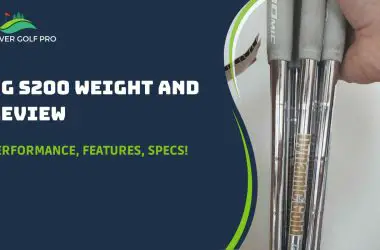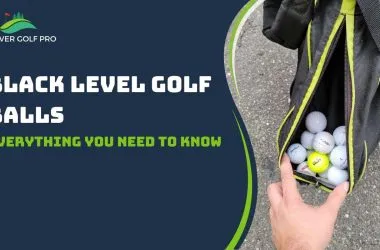The M1-M6 clubs can use SIM1, SIM2, M1-M6, Stealth, and RBZ Stage 2 adapters. The SIM series uses SIM1, SIM2, RBZ Stage 2, M1-M6, and Stealth adapters. The Stealth, RBZ Stage 2, M1-M6, and SIM series can use each other’s adapters. The R7-R11 series uses R7, R11, R9, and RBZ Stage 1 adapters, while RBZ Stage 1 only works with itself and the R7-R11 adapters.
As an experienced golfer and equipment tester, I have found that TaylorMade has utilized the same adapter system across their entire M-Series and SIM driver lines, dating back to the RBZ Stage 2 drivers from 2012. This consistency allows golfers to swap shafts between different TaylorMade driver models easily. I have personally fitted dozens of golfers using this interchangeability to find their optimal shaft and loft combination.
This article contains a chart that can be a handy reference for ensuring shaft compatibility when mixing and matching TaylorMade heads and shafts.
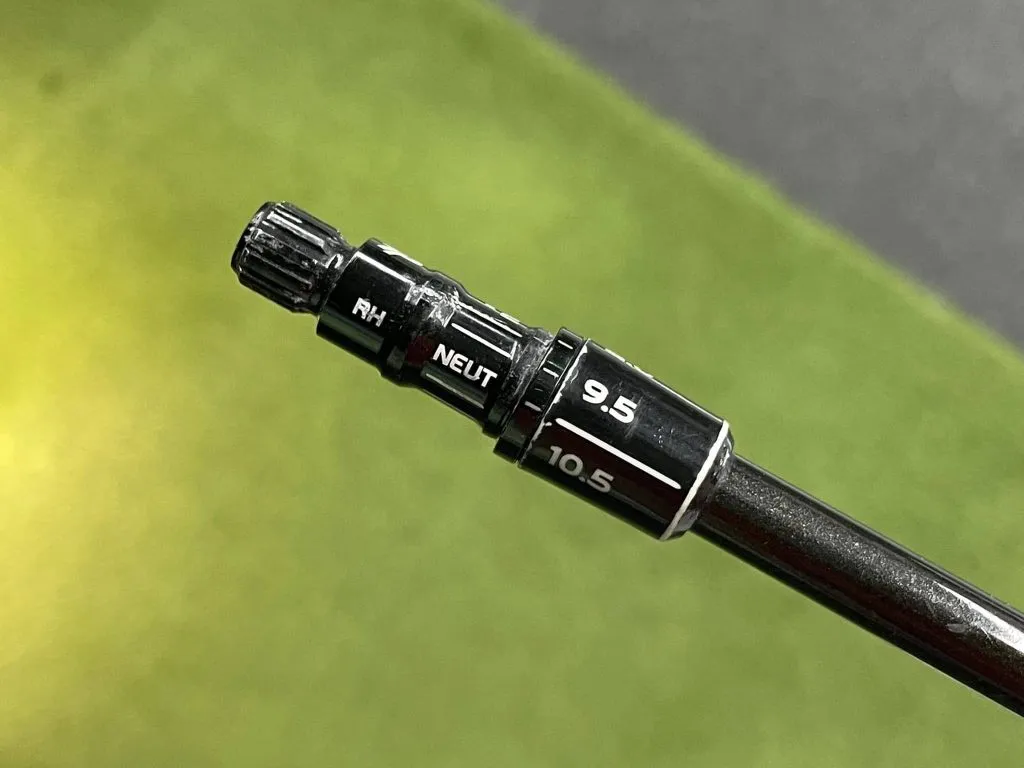
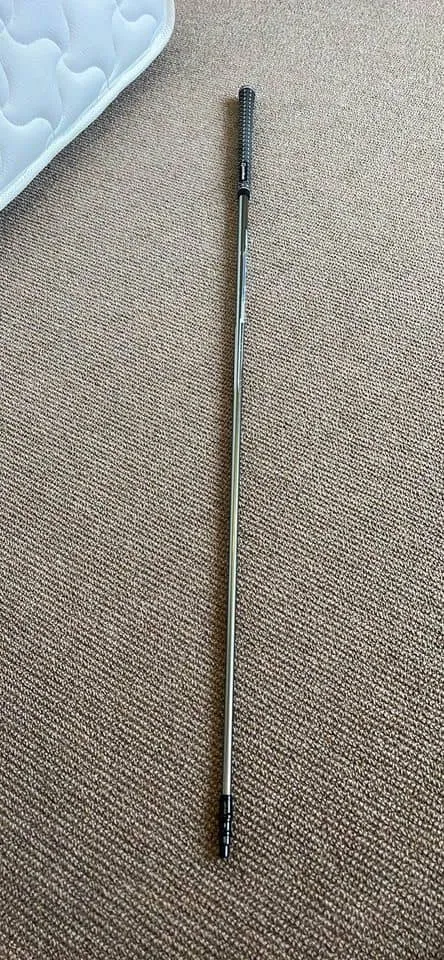
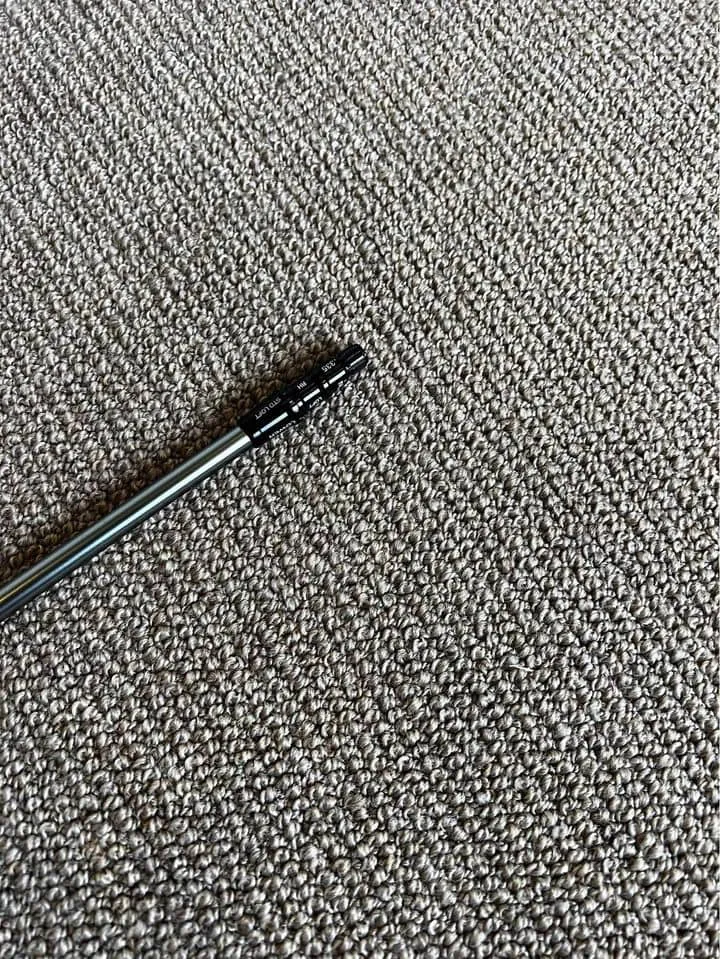
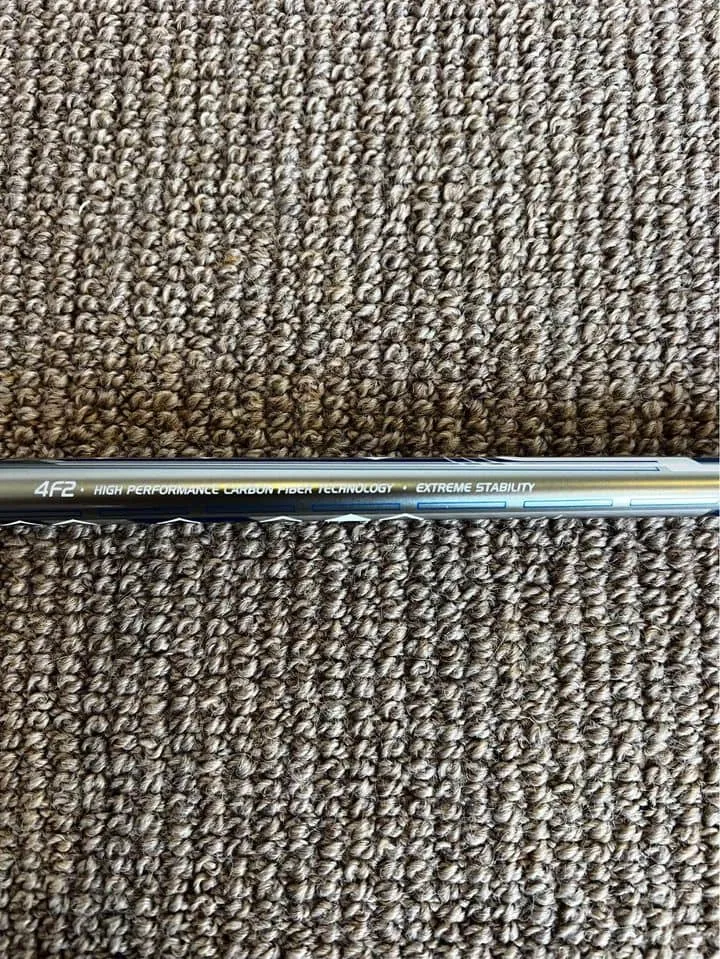
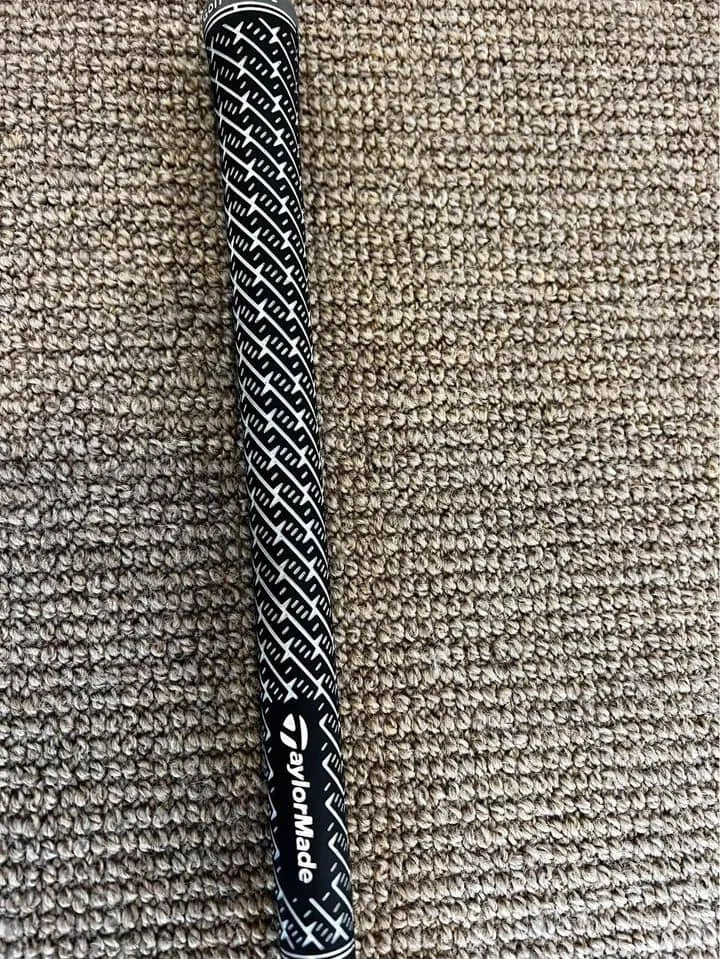
Skip To Section Here
Overview of Shaft Adapters
A shaft adapter is a small metal device that fits over the tip of a golf club shaft to connect it to the clubhead securely. It provides a locking mechanism that holds the shaft firmly and prevents it from rotating during the swing. This locking feature is important as it helps ensure the clubface is square at impact, which can lead to improved accuracy and distance on shots.
Shaft adapters fill the space between the shaft and hosel or the shaft-receiving part of the clubhead. Their locking design provides a tight, non-slip connection between the two components. Without a shaft adapter, golfers could not easily change the shaft on their clubs.
One key benefit of shaft adapters is allowing golfers to experiment with different shaft options to find the best fit for their game. A golfer may want to try a lighter or stiffer shaft that could potentially increase their swing speed or consistency. With a shaft adapter, they can quickly swap shafts in and out without needing an entirely new club. This provides flexibility to fine-tune the performance of their equipment.
Additionally, shaft adapters help golfers customize their clubs for optimal results. By adjusting the clubhead’s loft, lie, or face angle using shaft adapters, a player can dial in the specs that suit their swing plane and style. Even minor tweaks to these settings can make a club perform better for an individual golfer. This level of customization would not be possible without shaft adapters, which facilitate easy shaft changes.
TaylorMade offers several types of shaft adapters, including models for their SIM, M1-M6, Stealth, RBZ Stage 2, R7-R11, RBZ Stage 1, R1, and SLDR club lines.
Compatibility Chart
Over the years, TaylorMade has made minor changes to shaft adapters to accommodate new driver head designs and adjustability features. However, they have generally maintained compatibility between adapter systems where possible.
The chart below summarizes the compatible shaft adapters and TaylorMade driver models based on information gathered from my experience and that of other golfers. It is intended as a general guide only, so checking directly with TaylorMade or your local club fitter is always recommended to confirm compatibility for specific club head and shaft combinations. Some older or specialty models may not be included.
| Club Series/Models | Compatible Adapters |
| M1-M6 | SIM1, SIM 2, M1, M2, M3, M4, M5, M6, Stealth, RBZ Stage 2 |
| SIM | SIM1, SIM 2, RBZ Stage 2, M1, M2, M3, M4, M5, M6, Stealth |
| Stealth | RBZ Stage 2, M1, M2, M3, M4, M5, M6, Stealth, SIM1, SIM2 |
| RBZ Stage 2 | M1, M2, M3, M4, M5, M6, Stealth, SIM1, SIM2, RBZ Stage 2 |
| R7-R11 | R7, R11, R9, and RBZ Stage 1 |
| RBZ Stage 1 | R7, R11, R9, and RBZ Stage 1 |
| R1 | R1 |
| SLDR | SLDR |
Key things to note:
- The M-Series, SIM Series, Stealth, and RBZ Stage 2 adapters are the most universally compatible.
- The R1 and SLDR used unique adapters only compatible with those respective models.
- The earliest R7-R11 and RBZ Stage 1 models used a separate adapter system.
Factors to Consider When Choosing a TaylorMade Shaft Adapter
Several factors should be considered when selecting a new shaft adapter for your TaylorMade driver to ensure compatibility and optimal performance. Referencing our compatibility chart can help identify compatible options based on your club model. Beyond just fitting, other attributes like adjustability, durability, and intended use must also be examined.
Compatibility
Refer to the compatibility chart above to determine if a new adapter will work with your club head and shaft. Incompatible adapters may physically not fit or interact improperly, negatively impacting playability performance or potentially damaging components over time. Consult manufacturer specifications or a fitter to confirm an adapter is approved for your specific club components.
Adjustability
Examine your current driver’s adjustability features in depth. Note the increment sizes allowed, such as half-degree changes, and whether an alternative adapter system provides equivalent fine-tuning capabilities. Some older models only offer larger, broader adjustment ranges. Choosing an adapter that is incompatible with your driver’s stock adjustability settings could significantly limit your customization options and ability to optimize shot trajectory.
Intended Use
Take into consideration how you typically play the course when club shopping. For example, if you rely on power fades, a heavier shaft may perform differently between adapter types due to subtle weight distribution changes. Also, double-check that the hand orientation markings correctly correspond to your handedness (righty or lefty) to avoid any confusion during adjustments. Knowing your specific needs upfront helps identify the proper equipment.
Performance Goals
Carefully analyze your strengths and weaknesses as a golfer to select an adapter tailored to your priorities. Do you prefer maximum distance or greater shot control? Adapters designed for complex adjustability could influence ball flight versus maximizing ball speed off the face. Understanding how different technical attributes affect your game is key to making the right choice.
Durability
Give your current adapter a thorough inspection for signs of wear and stress, such as cracks or loose components. Repeated high-force impacts may deteriorate certain designs over time, especially for players with fast swing speeds. Reinforced materials could provide better longevity for powerful swingers.
Tips for Choosing the Right Shaft Adapter
As we discussed earlier, shaft adapters provide flexibility to customize your equipment. However, choosing the correct adapter is key to ensuring a secure fit and optimal performance with different models available. Comparing options, testing alternatives, and working with a fitter can help you select the adapter best suited to your game.
Here are some tips for choosing an adapter that fits your needs:
- Research the shaft and head you want to use together. Ensure they use compatible adapter types, such as SIM, M1, etc. Check the manufacturer’s specs.
- Try different adapter models with your shaft and swing it into a fitting. Notice how securely each adapter locks the shaft and feels at impact.
- Consult with a professional club fitter. They can analyze your swing and recommend the proper adapter to suit your characteristics and needs.
- If possible, test different adapters on a launch monitor. Compare ball flight data to determine which provides the best launch conditions.
- Inspect the adapter for any signs of wear after use. A worn adapter could cause slippage that affects performance. Replace if needed.
- Consider your skill level; a more secure, adjustable adapter may benefit higher handicappers.
Potential Risks of Using an Incompatible Shaft Adapter
While shaft adapters provide the flexibility to customize your equipment, using an adapter that properly fits the components it is connecting is crucial. An incompatible or poorly fitting adapter may not securely lock the shaft. This can lead to issues during your swing that negatively impact performance and long-term durability.
The following section outlines some of the risks of using a shaft adapter that does not correctly match your shaft and clubhead.
- If an incompatible adapter is used that does not properly fit the shaft and clubhead, it may not lock the shaft securely in place.
- Without a tight connection between the shaft and the clubhead, problems can quickly arise. However, the shaft is able to rotate or move during the swing if the adapter does not firmly hold it.
- Any movement or slippage between the shaft and clubhead takes away your ability to control ball flight, as shots can become erratic as the clubface may not square at impact consistently.
- Distance and ball-striking accuracy are compromised when the adapter does not hold the shaft motionless through the swing.
- Over time, the stress from a loose adapter connection can put undue force on the joint between the shaft and the clubhead.
- This repeated stress risks cracking or breaking the adapter, shaft, or clubhead if play continues with incompatible components.
- Equipment damage means costly repairs or full replacements of broken parts to return clubs to proper playing condition.
- It’s better to validate a compatible adapter with proper testing up front rather than risk harming expensive clubs through rounds of golf with a mismatched setup.
- Choosing the wrong adapter size or style can negatively impact performance and potentially damage equipment over the long term.
Conclusion
In summary, TaylorMade has done a commendable job over the years of maintaining compatibility between their adapter systems to allow golfers flexibility in mixing and matching club components. While shaft adapters provide customization benefits, selecting the right adapter matched to one’s specific clubhead and shaft setup is crucial. An incompatible adapter could potentially lead to playability issues or equipment damage over time.
Referencing the compatibility chart above and working with a fitter can help ensure the right adapter is selected for a golfer’s needs. When equipped with a properly fitted shaft and compatible adapter, golfers can fine-tune their equipment for maximum performance and enjoyment out on the course.







